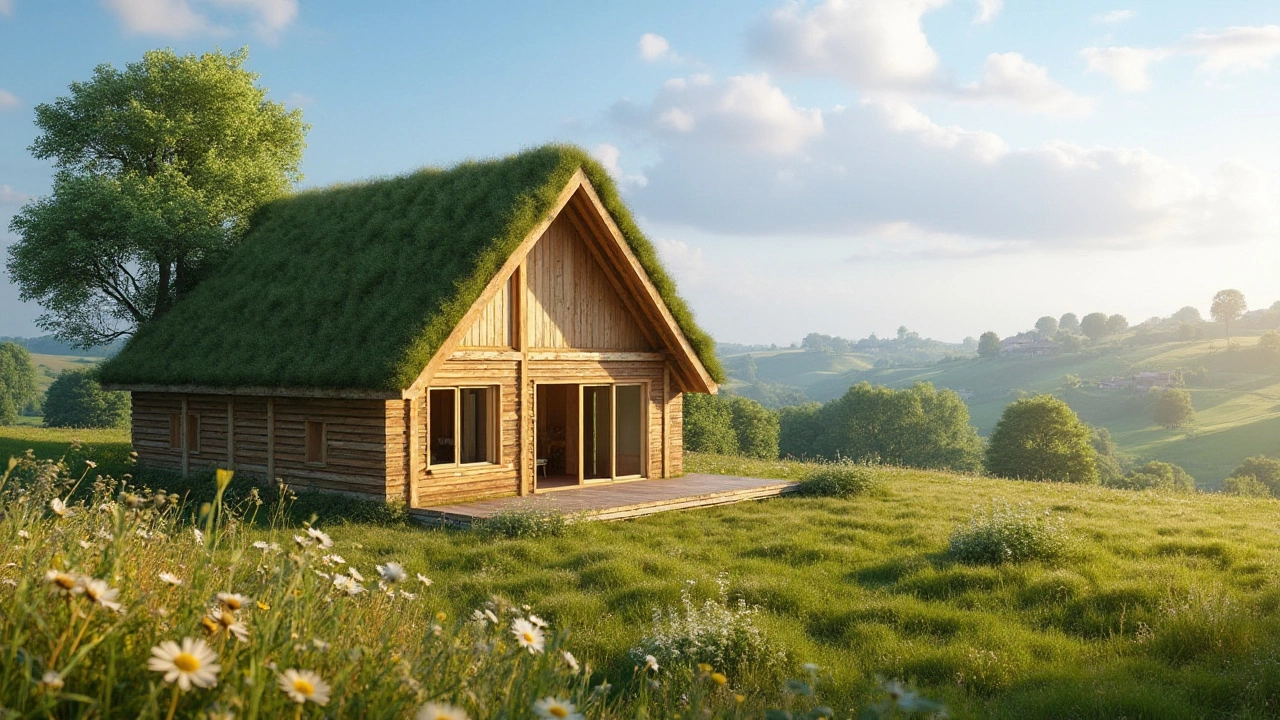Green Architecture: How to Spot and Choose Sustainable Stays in the UK
If you love travel but also care about the planet, you’ll want to know what green architecture looks like. It isn’t just a buzzword – it’s a set of real choices that lower energy use, cut waste and make a place feel healthier. On this page we’ll break down the basics, show where to find green hotels and cottages, and give you quick tips for booking a stay that matches your values.
What makes a building “green”?
Green architecture focuses on three things: energy efficiency, low‑impact materials and smart design. In the UK you’ll see features like triple‑glazed windows, external wall insulation and heat‑pump systems. Builders also choose timber, hempcrete or recycled bricks instead of high‑carbon concrete. When a property has solar panels, rain‑water harvesting or a green roof, those are clear signs it’s designed with the environment in mind.
Planning rules matter too. Since 2025 the Future Homes Standard limits the carbon intensity of new builds, so any brand‑new cottage or hotel will have to meet stricter standards. Look for a “Passivhaus” label, a BREEAM rating, or a simple “Eco‑friendly” badge on the booking page – those are reliable shortcuts.
Practical tips for booking eco‑friendly cottages and hotels
Start by filtering your search. Most holiday sites let you tick “green”, “eco‑friendly” or “sustainable”. If the platform you use doesn’t have that filter, read the description for keywords like "heat pump", "solar powered" or "low‑energy". When in doubt, drop the host a quick message asking about insulation, heating and waste‑recycling facilities.
Check the amenities list. A property that supplies reusable kitchenware, offers a refillable water station or provides a bike for guests is usually thinking about reducing waste. Some eco‑lodges even serve locally sourced food, which cuts transportation emissions and supports the community.
Location can boost sustainability too. Staying in a rural cottage means you’re closer to nature walks, farms and public transport options. If you’re heading to a city, pick a hotel near a train station – that cuts the need for a car. Many green hotels also partner with bike‑share schemes, so you can explore without driving.
Finally, consider the overall experience. Green buildings often have better indoor air quality because they use natural ventilation and low‑VOC paints. You’ll notice a fresher feel, quieter rooms and sometimes even a view of a green roof or garden. Those little touches make a stay feel more comfortable and align with the idea of travelling responsibly.
By keeping an eye on these details, you can enjoy a relaxing getaway without compromising the environment. Green architecture isn’t just for architects – it’s a handy guide for anyone who wants a smarter, cleaner holiday in the UK.
Finding the Perfect Location for Your Eco-Friendly Dream Cottage
Building an eco-friendly house requires careful consideration of several factors to ensure sustainability and harmony with nature. Selecting the right location is crucial, as it influences everything from energy efficiency to the ecological impact. Understanding local climate, accessibility to resources, and community sustainability practices can help in making informed decisions. This article provides insights into ideal settings for constructing an environmentally conscious home, aiming to assist eco-conscious individuals in their journey to sustainable living.
